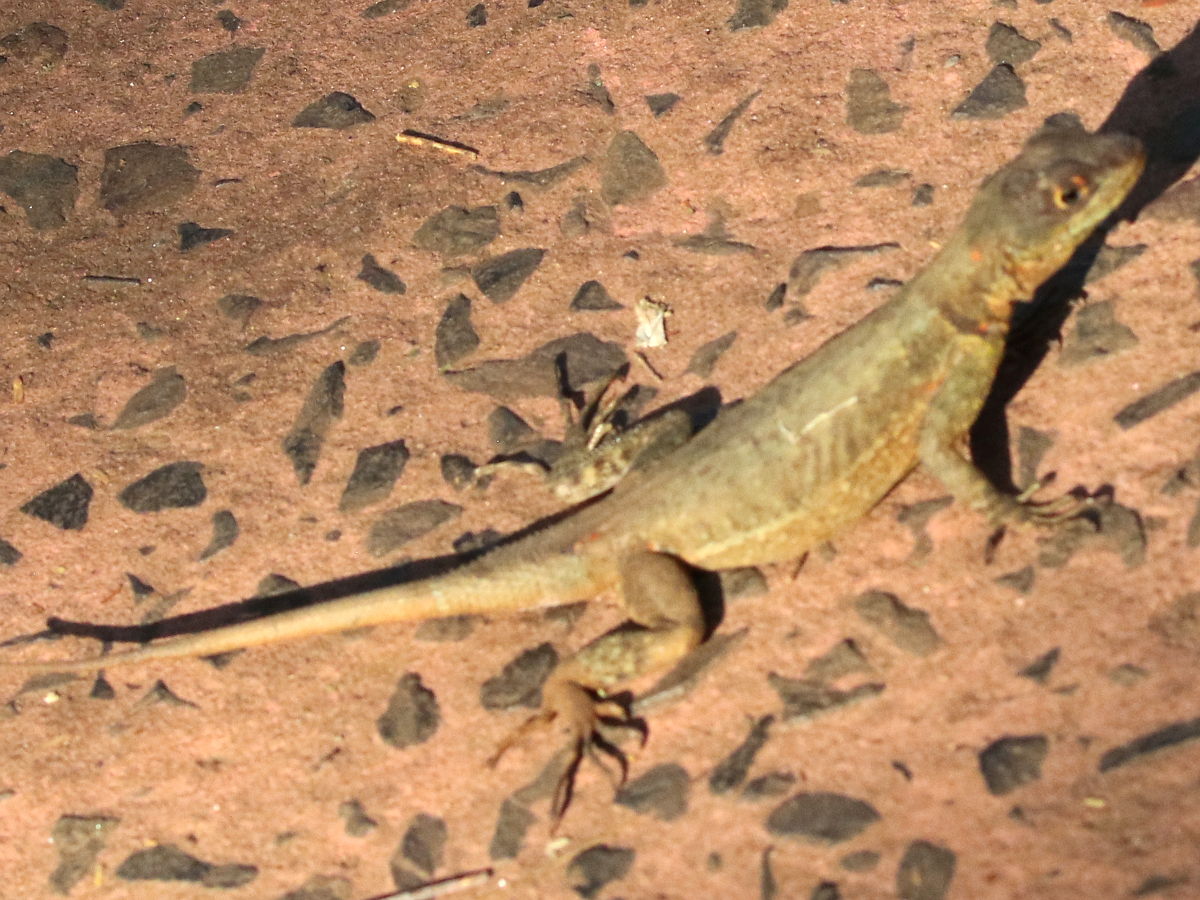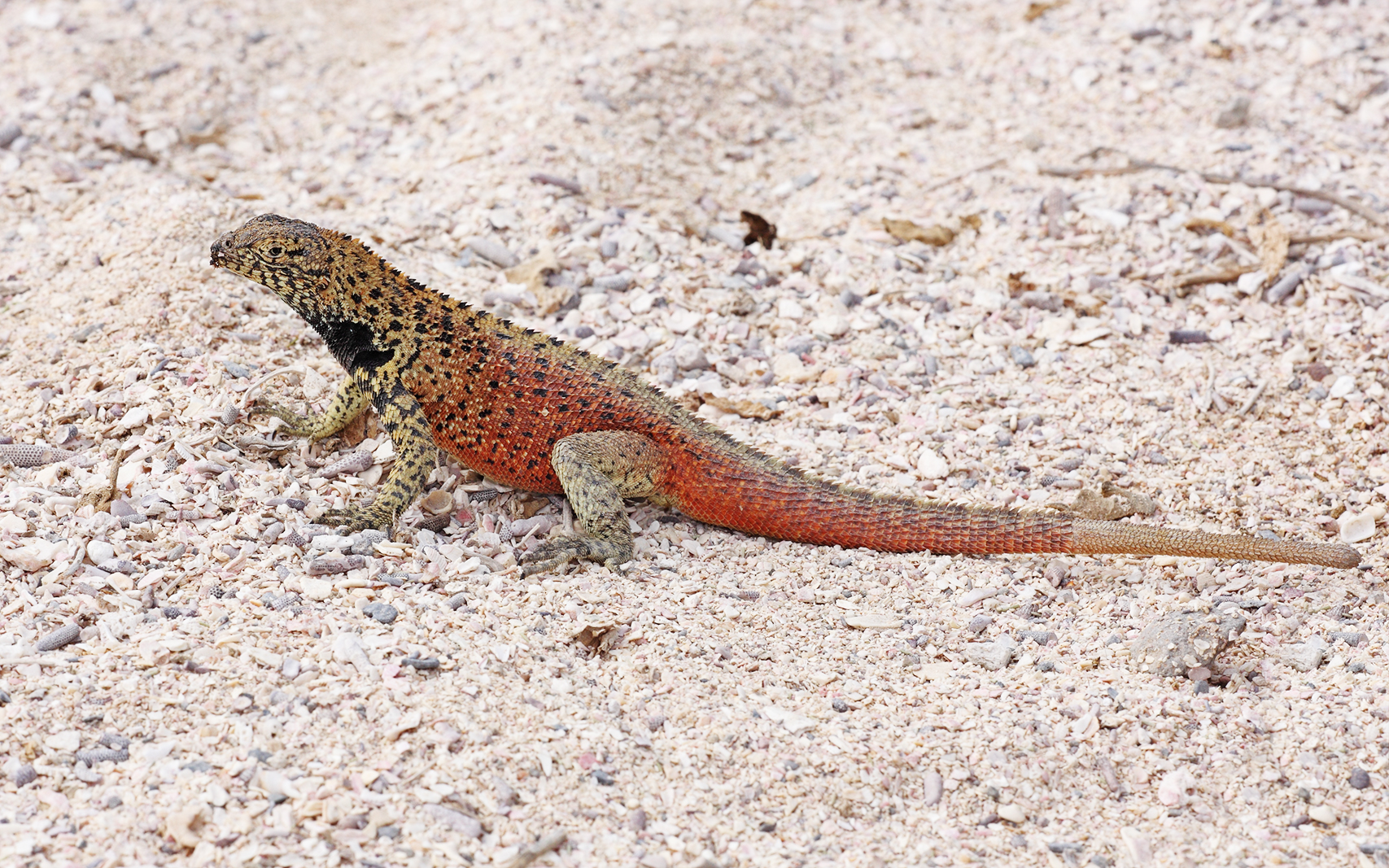|
Microlophus Habelii
''Microlophus habelii'', commonly known as the Marchena lava lizard, is a species of lava lizard endemic to the Galapagos island of Marchena. Etymology The specific name, ''habelii'', is in honor of German-American naturalist Simeon Habel.Beolens, Bo; Watkins, Michael; Grayson, Michael (2011). ''The Eponym Dictionary of Reptiles''. Baltimore: Johns Hopkins University Press. xiii + 296 pp. . (''Microlophus habelii'', p. 113). Taxonomy ''M. habelii'' is commonly assigned to the genus ''Microlophus'' but has also been assigned to the genus ''Tropidurus'', in which it was originally described.''Microlophus habelii'' The Reptile Database. www.reptile-database.org. References Further reading *[...More Info...] [...Related Items...] OR: [Wikipedia] [Google] [Baidu] |
Franz Steindachner
Franz Steindachner (11 November 1834 in Vienna – 10 December 1919 in Vienna) was an Austrian Zoology, zoologist, ichthyologist, and herpetologist. He published over 200 papers on fishes and over 50 papers on reptiles and amphibians. Steindachner described hundreds of new species of fish and dozens of new amphibians and reptiles. At least seven species of reptile have been named after him. Work and career Being interested in natural history, Steindachner took up the study of fossil fishes on the recommendation of his friend Eduard Suess (1831–1914). In 1860 he was appointed to the position of director of the fish collection at the Naturhistorisches Museum, a position which had remained vacant since the death of Johann Jakob Heckel (1790–1857). (in German). Steindachner's reputation as an Ichthyology, ichthyologist grew, and in 1868 he was invited by Louis Agassiz (1807–1873) to accept a position at the Museum of Comparative Zoology at Harvard University. Steindachner took ... [...More Info...] [...Related Items...] OR: [Wikipedia] [Google] [Baidu] |
Germany
Germany,, officially the Federal Republic of Germany, is a country in Central Europe. It is the second most populous country in Europe after Russia, and the most populous member state of the European Union. Germany is situated between the Baltic and North seas to the north, and the Alps to the south; it covers an area of , with a population of almost 84 million within its 16 constituent states. Germany borders Denmark to the north, Poland and the Czech Republic to the east, Austria and Switzerland to the south, and France, Luxembourg, Belgium, and the Netherlands to the west. The nation's capital and most populous city is Berlin and its financial centre is Frankfurt; the largest urban area is the Ruhr. Various Germanic tribes have inhabited the northern parts of modern Germany since classical antiquity. A region named Germania was documented before AD 100. In 962, the Kingdom of Germany formed the bulk of the Holy Roman Empire. During the 16th ce ... [...More Info...] [...Related Items...] OR: [Wikipedia] [Google] [Baidu] |
Reptiles Of Ecuador
Reptiles, as most commonly defined are the animals in the class Reptilia ( ), a paraphyletic grouping comprising all sauropsids except birds. Living reptiles comprise turtles, crocodilians, squamates (lizards and snakes) and rhynchocephalians (tuatara). As of March 2022, the Reptile Database includes about 11,700 species. In the traditional Linnaean classification system, birds are considered a separate class to reptiles. However, crocodilians are more closely related to birds than they are to other living reptiles, and so modern cladistic classification systems include birds within Reptilia, redefining the term as a clade. Other cladistic definitions abandon the term reptile altogether in favor of the clade Sauropsida, which refers to all amniotes more closely related to modern reptiles than to mammals. The study of the traditional reptile orders, historically combined with that of modern amphibians, is called herpetology. The earliest known proto-reptiles originated around 31 ... [...More Info...] [...Related Items...] OR: [Wikipedia] [Google] [Baidu] |
Lizards Of South America
Lizards are a widespread group of squamate reptiles, with over 7,000 species, ranging across all continents except Antarctica, as well as most oceanic island chains. The group is paraphyletic since it excludes the snakes and Amphisbaenia although some lizards are more closely related to these two excluded groups than they are to other lizards. Lizards range in size from chameleons and geckos a few centimeters long to the 3-meter-long Komodo dragon. Most lizards are quadrupedal, running with a strong side-to-side motion. Some lineages (known as "legless lizards"), have secondarily lost their legs, and have long snake-like bodies. Some such as the forest-dwelling ''Draco'' lizards are able to glide. They are often territorial, the males fighting off other males and signalling, often with bright colours, to attract mates and to intimidate rivals. Lizards are mainly carnivorous, often being sit-and-wait predators; many smaller species eat insects, while the Komodo eats mammals as bi ... [...More Info...] [...Related Items...] OR: [Wikipedia] [Google] [Baidu] |
Endemic Reptiles Of The Galápagos Islands
Endemism is the state of a species being found in a single defined geographic location, such as an island, state, nation, country or other defined zone; organisms that are indigenous to a place are not endemic to it if they are also found elsewhere. For example, the Cape sugarbird is found exclusively in southwestern South Africa and is therefore said to be ''endemic'' to that particular part of the world. An endemic species can be also be referred to as an ''endemism'' or in scientific literature as an ''endemite''. For example '' Cytisus aeolicus'' is an endemite of the Italian flora. '' Adzharia renschi'' was once believed to be an endemite of the Caucasus, but it was later discovered to be a non-indigenous species from South America belonging to a different genus. The extreme opposite of an endemic species is one with a cosmopolitan distribution, having a global or widespread range. A rare alternative term for a species that is endemic is "precinctive", which applies to ... [...More Info...] [...Related Items...] OR: [Wikipedia] [Google] [Baidu] |
German Language
German ( ) is a West Germanic languages, West Germanic language mainly spoken in Central Europe. It is the most widely spoken and Official language, official or co-official language in Germany, Austria, Switzerland, Liechtenstein, and the Italy, Italian province of South Tyrol. It is also a co-official language of Luxembourg and German-speaking Community of Belgium, Belgium, as well as a national language in Namibia. Outside Germany, it is also spoken by German communities in France (Bas-Rhin), Czech Republic (North Bohemia), Poland (Upper Silesia), Slovakia (Bratislava Region), and Hungary (Sopron). German is most similar to other languages within the West Germanic language branch, including Afrikaans, Dutch language, Dutch, English language, English, the Frisian languages, Low German, Luxembourgish, Scots language, Scots, and Yiddish. It also contains close similarities in vocabulary to some languages in the North Germanic languages, North Germanic group, such as Danish lan ... [...More Info...] [...Related Items...] OR: [Wikipedia] [Google] [Baidu] |
Tropidurus
''Tropidurus'' is a genus of reptiles. The genus includes many species of Neotropical ground lizards (family Tropiduridae). ''Tropidurus'' is the type genus of the family Tropiduridae. Geographic range and habitat Species in the genus ''Tropidurus'' are found on the South American mainland, especially in the Amazon Rainforest, but also in more arid regions. Common name No widely common name is used solely for species of the genus ''Tropidurus''. In their native range, they are simply called "Lagartixa" as are most similar animals. If anything, the Brazilian term ''calango'' is used to particularly refer to lizards of the genus ''Tropidurus''. Taxonomy The genus ''Tropidurus'' contains 30 described species, but new ones continue to be discovered. An additional seven species—the Galápagos lava lizards endemic to the Galápagos Islands—are sometimes placed here, too, but more commonly separated in the genus ''Microlophus'', instead. Similarly, the green thornytail ... [...More Info...] [...Related Items...] OR: [Wikipedia] [Google] [Baidu] |
Microlophus
''Microlophus'' is a genus of tropidurid lizards native to South America. Around 20 species are recognized and 10 of these are endemic to the Galápagos Islands, where they are commonly known as lava lizardsBenavides E, Baum R, Snell HM, Snell HL, Sites JW Jr (2009)"Island Biogeography of Galápagos Lava Lizards (Tropiduridae: ''Microlophus''): Species Diversity and Colonization of the Archipelago". (.pdf) ''Evolution'' 63 (6): 1606–1626. (they are sometimes placed in ''Tropidurus'' instead). The remaining, which often are called Pacific iguanas, are found in the Andes and along the Pacific coasts of Chile, Peru, and Ecuador. The distribution of the lava lizards and their variations in shape, colour, and behaviour show the phenomenon of adaptive radiation so typical of the inhabitants of this archipelago. One species occurs on all the central and western islands, which were perhaps connected during periods of lower sea levels, while one species each occurs on six other more pe ... [...More Info...] [...Related Items...] OR: [Wikipedia] [Google] [Baidu] |
Americans
Americans are the Citizenship of the United States, citizens and United States nationality law, nationals of the United States, United States of America.; ; Although direct citizens and nationals make up the majority of Americans, many Multiple citizenship, dual citizens, expatriates, and green card, permanent residents could also legally claim American nationality. The United States is home to race and ethnicity in the United States, people of many racial and ethnic origins; consequently, culture of the United States, American culture and Law of the United States, law do not equate nationality with Race (human categorization), race or Ethnic group, ethnicity, but with citizenship and an Oath of Allegiance (United States), oath of permanent allegiance. Overview The majority of Americans or their ancestors Immigration to the United States, immigrated to the United States or are descended from people who were Trans Atlantic Slave Trade, brought as Slavery in the United States ... [...More Info...] [...Related Items...] OR: [Wikipedia] [Google] [Baidu] |
Specific Name (zoology)
In zoological nomenclature, the specific name (also specific epithet or species epithet) is the second part (the second name) within the scientific name of a species (a binomen). The first part of the name of a species is the name of the genus or the generic name. The rules and regulations governing the giving of a new species name are explained in the article species description. For example, the scientific name for humans is ''Homo sapiens'', which is the species name, consisting of two names: ''Homo'' is the " generic name" (the name of the genus) and ''sapiens'' is the "specific name". Historically, ''specific name'' referred to the combination of what are now called the generic and specific names. Carl Linnaeus, who formalized binomial nomenclature, made explicit distinctions between specific, generic, and trivial names. The generic name was that of the genus, the first in the binomial, the trivial name was the second name in the binomial, and the specific the proper term for ... [...More Info...] [...Related Items...] OR: [Wikipedia] [Google] [Baidu] |
John Van Denburgh
John Van Denburgh (August 23, 1872 – October 24, 1924) was an American herpetologist from California (who also used the name Van Denburgh in publications, hence this name is used below). Biography Van Denburgh was born in San Francisco and enrolled at Stanford University in 1891. As of 1895, he organized the herpetology department of the California Academy of Sciences. In 1897, he received a Ph.D. from Stanford University and earned a M.D. from Johns Hopkins in 1902. Subsequently, he practiced medicine in San Francisco, while again serving as curator of the herpetological collections of the California Academy of Sciences. After the San Francisco earthquake of 1906 he was instrumental in rebuilding the lost herpetology collections through new expeditions and also acquisitions of other collections. In 1922, he published the two-volume ''The Reptiles of Western North America''. He died in 1924 while on vacation in Honolulu Honolulu (; ) is the capital and largest city of t ... [...More Info...] [...Related Items...] OR: [Wikipedia] [Google] [Baidu] |



.jpg)


